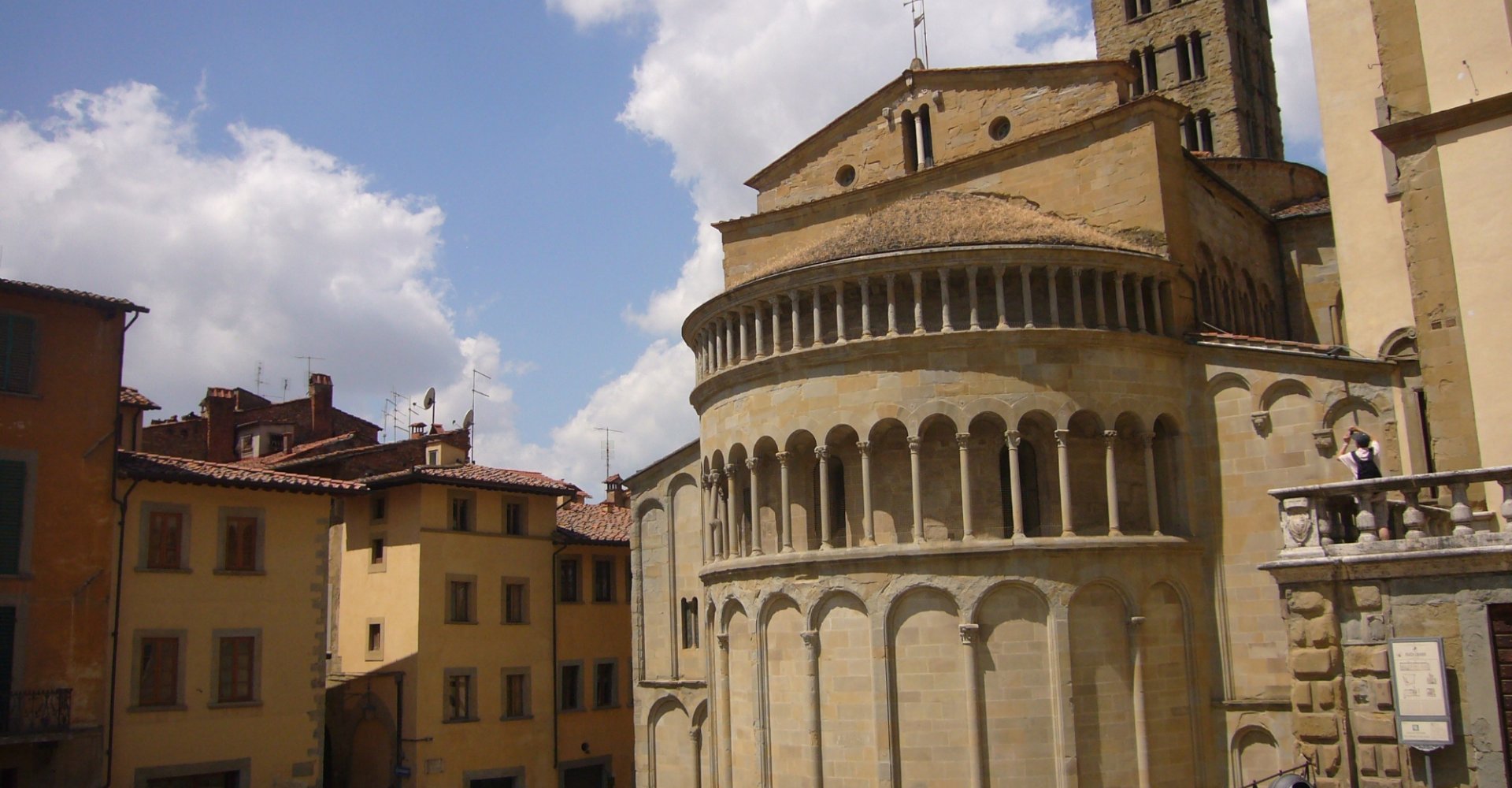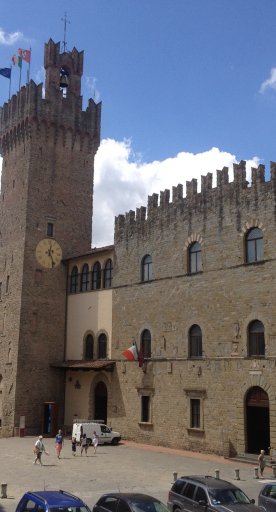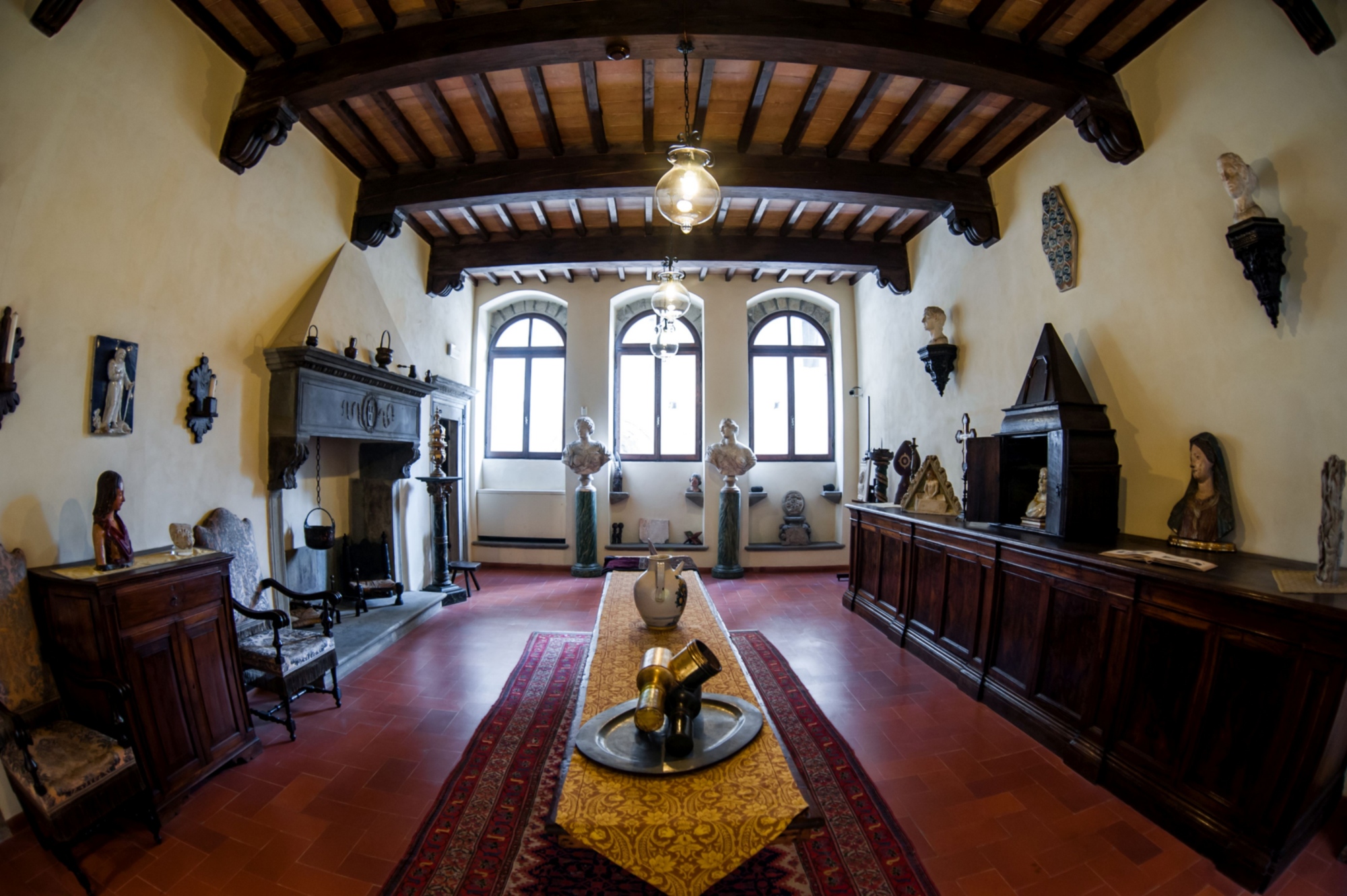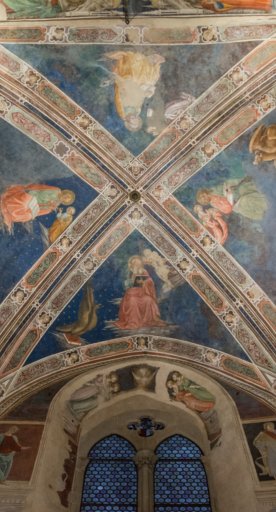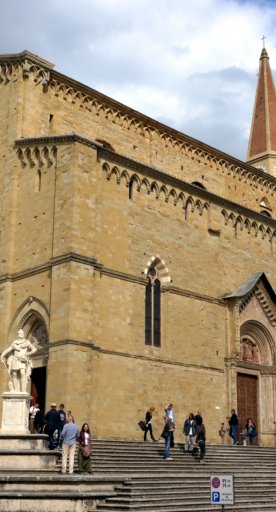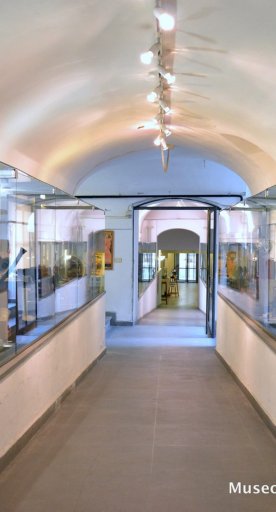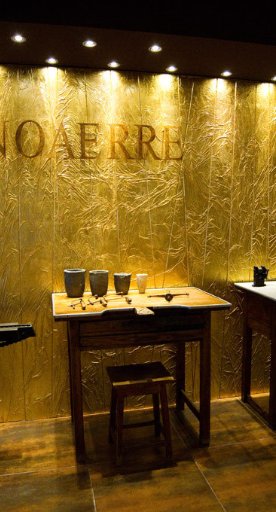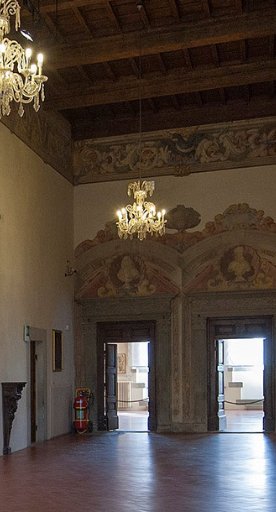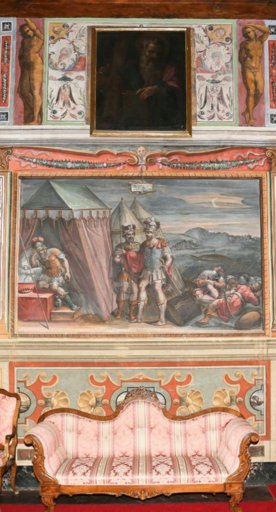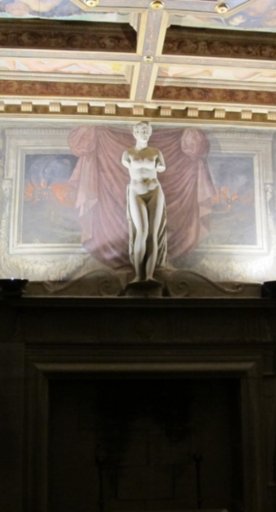Church of Santa Maria della Pieve in Arezzo
Between Romanesque and Gothic, it is one of the most important and beautiful religious gems in the City of Gold and the Italian peninsula
One of the city's most important houses of worship, the parish church of Santa Maria Assunta or Santa Maria della Pieve, overlooks the symbolic sites of beautiful Arezzo. The facade with three portals stands out with all its magnificence in Corso Italia, while the apse in Piazza Grande, one of the most beautiful squares in Tuscany.
The origins of the church date back to around the year 1000; in all likelihood, it was built on a pre-existing church dedicated to the Virgin Mary. In the 13th century it was given a new facade, and the tall bell tower, known as "from the hundred holes" because of its many mullioned windows, was finished in 1330.
Placed in a period between Romanesque and Gothic, it can be counted among the most beautiful religious buildings in the Italian scenary.
The building has four portals, three on the facade and one on the southern flank facing via di Seteria. The three main portals follow a precise conceptual itinerary based on the evolution of man's faith in God. In addition, the main portal's intrados features personified depictions of the months, made by the hand of a Nordic artist, probably a pupil of the Master of the Months of Ferrara.
Crossing the threshold, the church has three very high naves divided by large columns and pillars, a solemn environment dominated by the gray of bare stone. The polyptych with the Vergine col Bambino e i Santi Giovanni Evngelista, Donato, Giovanni Battista e Matteo (Virgin and Child and Saints John the Evangelist, Donatus, John the Baptist, and Matthew), thus immediately attracts attention; a work in tempera and gold on panel, it is a 14th century masterpiece by Pietro Lorenzetti.
Also of great value is the baptismal font, with panels depicting the Storie di San Giovanni Battista (Stories of Saint John the Baptist), by Giovanni d'Agostino, dating from the 14th century. Also, the beautiful chapel of the Santissimo Sacramento (Blessed Sacrament) with frescoes by master Luigi Ademollo, framing a polychrome terracotta of the Virgin Mary.
